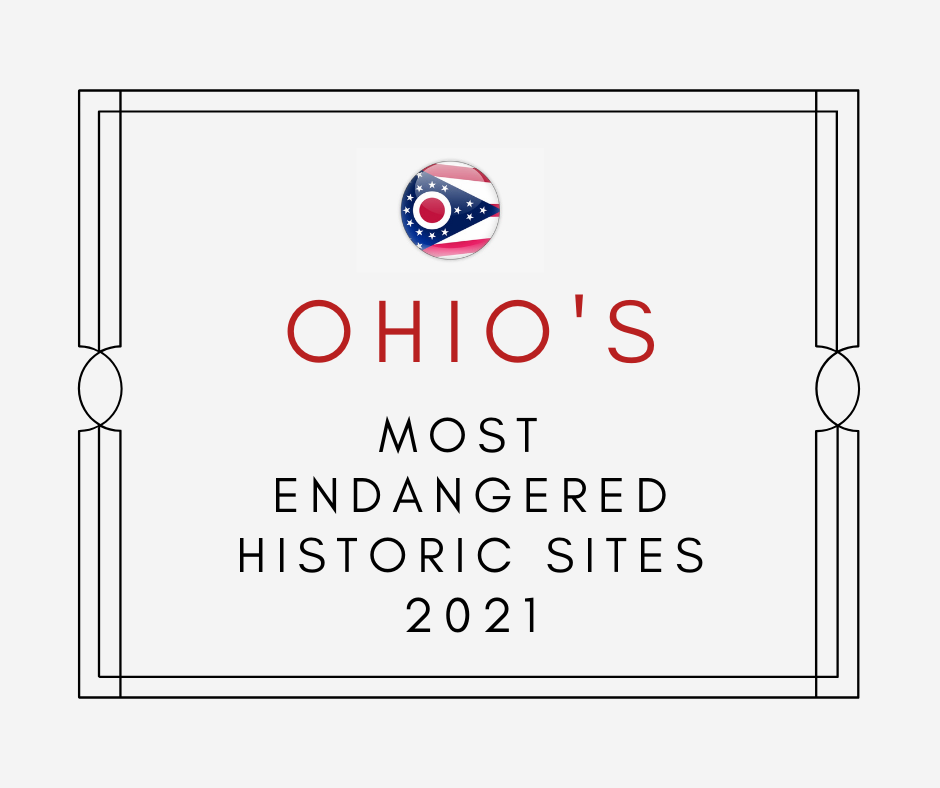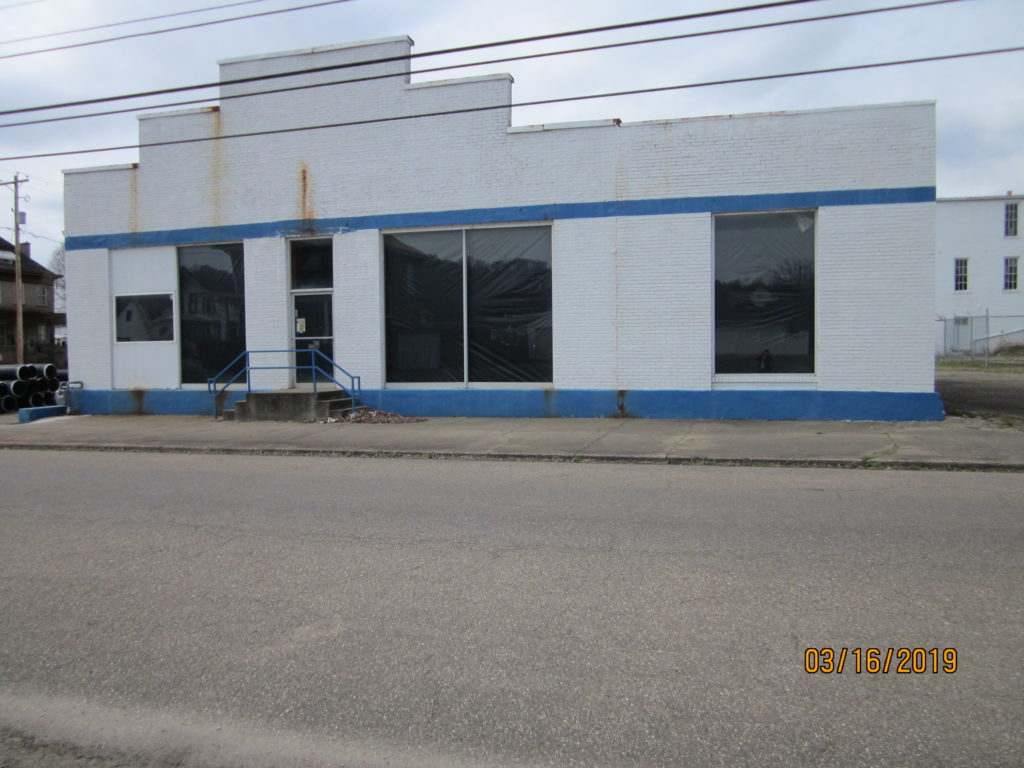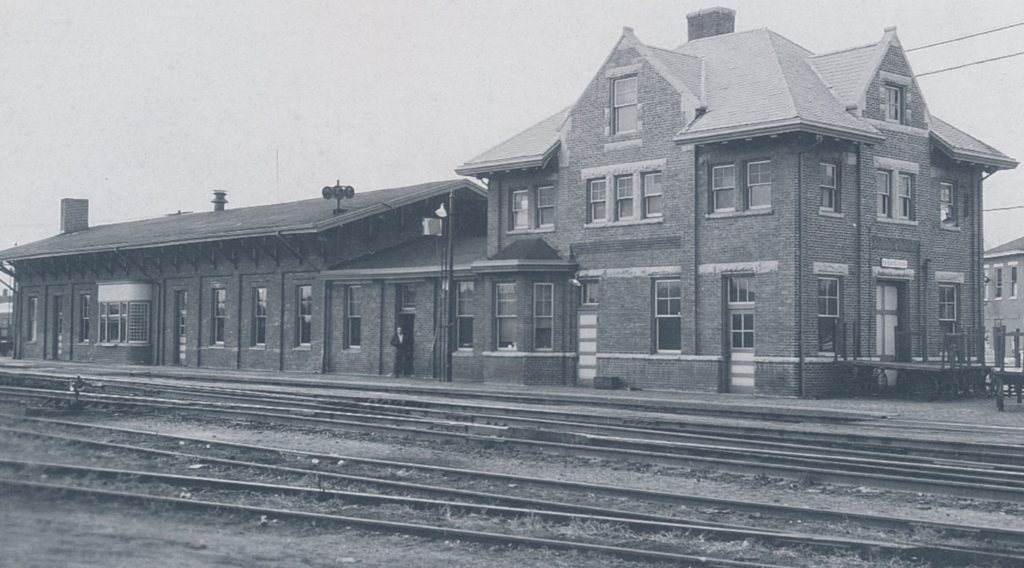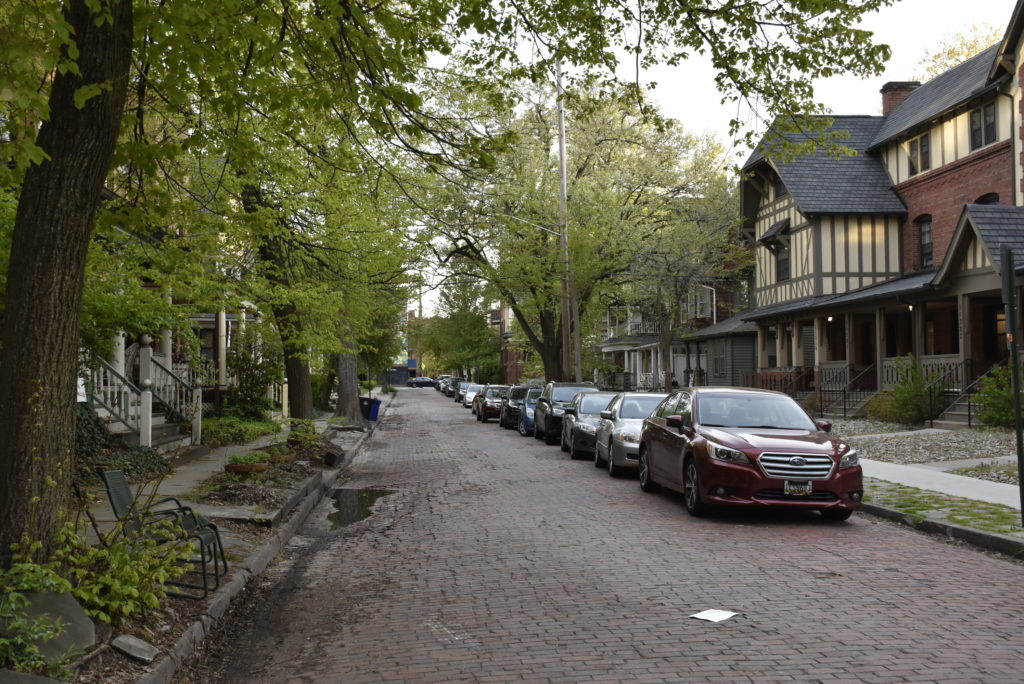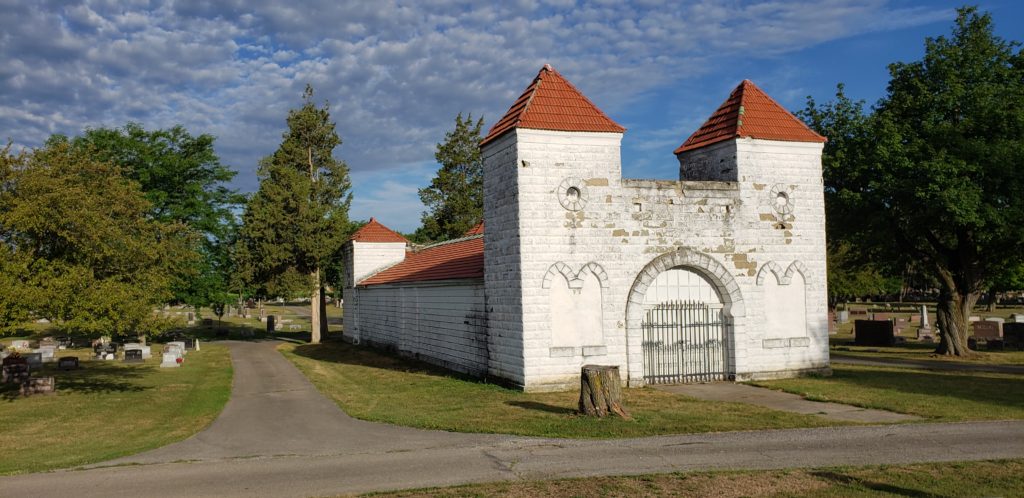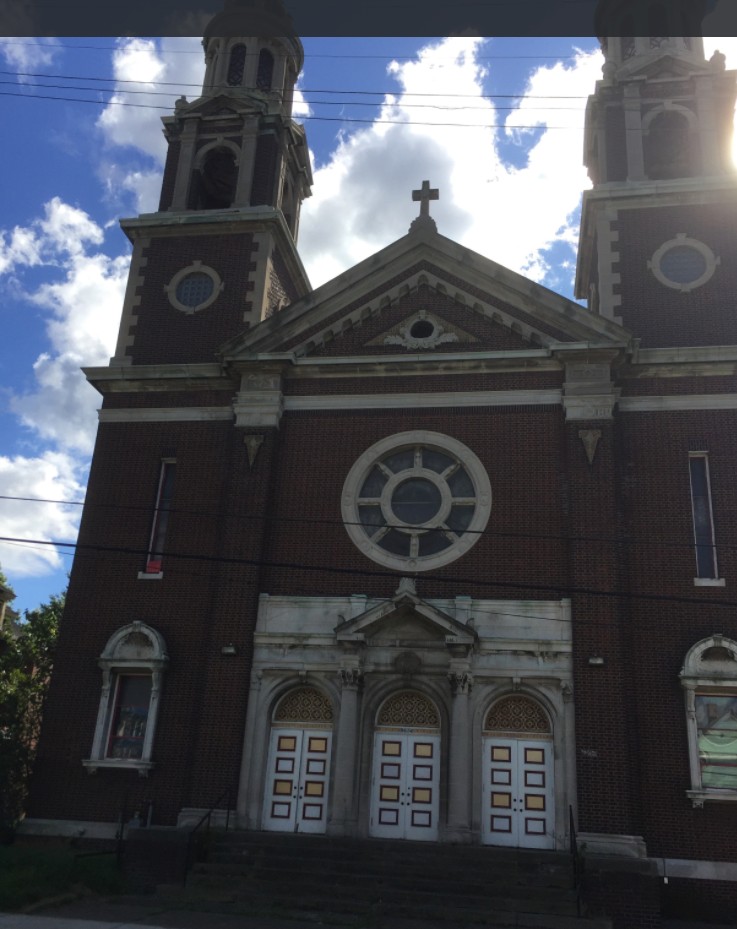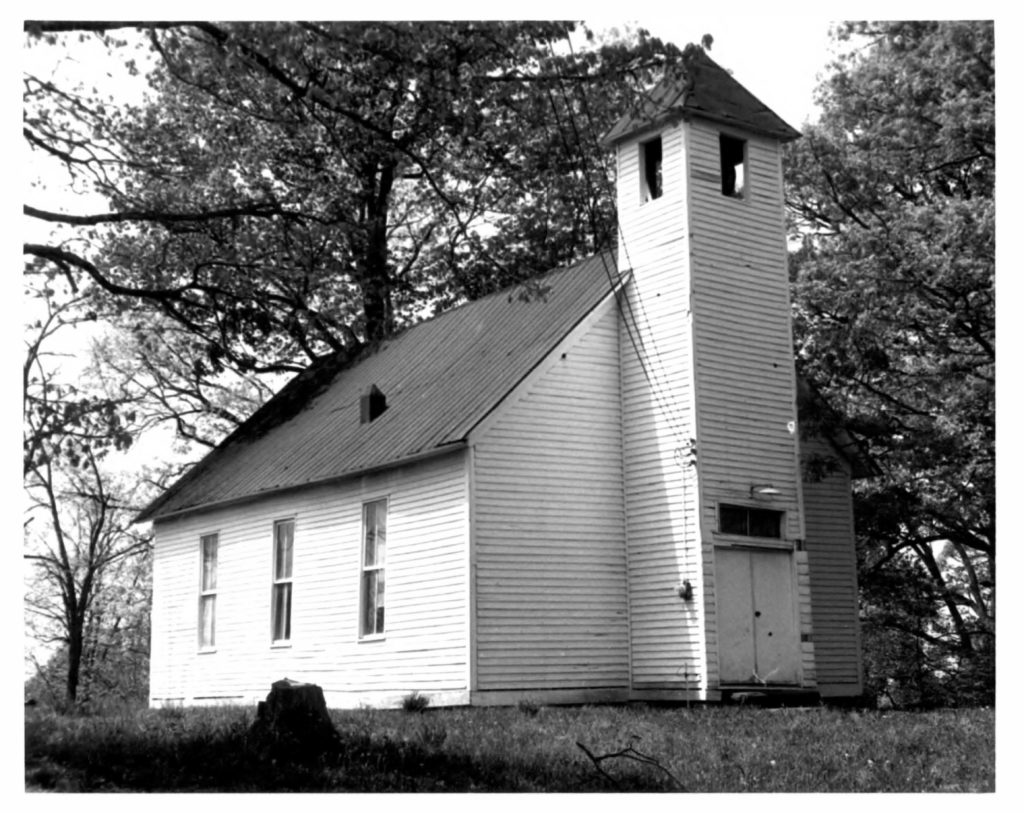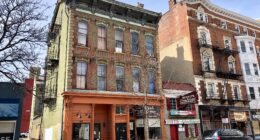Preservation Ohio Presents The 2021 List of
Ohio’s Most Endangered Historic Sites
Columbus, OH (May 28, 2021) – Preservation Ohio, the state’s oldest statewide historic preservation organization, has announced its official List of Ohio’s Most Endangered Historic Sites for 2021.
This year, Preservation Ohio received more nominations for this important list than ever before, which confirms both that much of our state’s historic properties remain at risk and that interest in preservation is growing across the state Ohio. Ohio’s Most Endangered Historic Sites is unique in that it highlights historic buildings and sites submitted from local citizens and advocates, each hoping to bring attention and to identify ways to give important historic properties a future. Out of the many properties nominated this year, Preservation Ohio’s board was tasked with choosing the most at risk. Eleven properties representing all areas of Ohio are included in this years edition.
Preservation Ohio accepts nominations from any citizen or organization. Over the 27 years of the program, being named to the list has contributed to saving examples of Ohio’s architectural, cultural and natural heritage. Circumstances that contribute to the endangered status and result in sites being named to the list typically include one or more of the following factors: demolition threat, abandonment, neglectful owner, deterioration, obsolete use, lack of funding for repairs, location or development.
About Preservation Ohio – Preservation Ohio is Ohio’s oldest statewide historic preservation organization, an independent, non-profit organization recognized under Section 501 (c) (3) of the Internal Revenue Code. Preservation Ohio was established in 1982 to enhance the understanding of and appreciation for Ohio’s historic resources and to serve as a focal point for Ohio organizations, municipalities, corporations and individuals who care about these resources and are concerned about preservation for future generations. For more information and updates, visit our website at www.preserveohio.com, follow us on Twitter @PreservationOH, or like us on Facebook.
The Price House, Jackson – Built in 1855, the Price House is the only Federal Style home remaining in Jackson Ohio. Boasting four bridge chimneys and original wrought iron fencing, the property offers many unique elements to the area. Currently owned by the Jackson Historical Society, it is a candidate for restoration.
Keyser-Swain House, Cuyahoga Falls – Likely the oldest building in Northampton Township, built in the Eastlake style with Italianate features. The house was built in 1877 by Civil War veteran John Best Jr., who built the house on the foundation of his childhood family home built his father John Best Sr. in 1846. After the house changed ownership several times, Alva and Edna Keyser bought the house, barn and farm in 1905. After they passed in 1956 the house, barn and land was willed to their children. Carrie Keyser-Swain and her husband lived in the house for over 30 years but, had no children. family’s land and home destroyed by new housing developments.
Henry County Cultural Center, Napoleon – The John L. Johnson auditorium sits in historic downtown Napoleon, Ohio along the banks of the Maumee River. The building was the former property of Napoleon Area Schools but upon voters approval of new facilities the building was sold to the Napoleon Civic Center project. The 700 seat theatre was built in 1935 through WPA funding during the New Deal. The theatre maintains much of its original charm and was used until 2017 for high school and middle school productions. The facility has sat unoccupied since 2017 and has been vandalized, is deteriorating in some areas, and needs updating and donor support to remain. A talented group of community citizens are working hard to raise funds but have just one year remaining before the wreaking ball swings.
Historic Ford Building, Middleport – Built in 1914, this structure has been an automotive dealership for over 100 years. Falling into disrepair in recent years the property was obtained by the Megis County Museum with hopes to restore the structure and be part of their museum system. This structure helps to tell the automotive history of rural Ohio.
CSX/CH&D Depot, Hamilton – The format train depot built by the Cincinnati, Hamilton, & Dayton railroad in 1865, and expanded by the Baltimore & Ohio in 1888, used by Amtrak up until 2004. The building has deteriorated since closing and is in need of attention. This is the last depot left in Hamilton after the demolition of the Pennsylvania RR station in 1990.
Hessler Road Historic District, Cleveland – The Hessler Court and Hessler Road Historic District is a narrow, one-way, 600′ tree lined road. Hessler Road comes to an end at an enclave of early 20th century apartments, and serves annually as an “amphitheater” for a Street Fair that dates at least as far back as 1949. The only outlet off Hessler Road is Hessler Court, an even narrower 300′ wood block paved road, Cleveland’s last wood block road, listed on the National Register of Historic Places (1975). It is possible the court was an old private drive acquired by the City in 1906, and may have been built by Emory M. Hessler, after whom the street was named. The whole historic district was dedicated as Cleveland’s first historic landmark district in 1975.
Hudson High School, Hudson – The 1927 Hudson High School is located on the edge of Hudson’s National Register Historic District. The site has been a nucleus of activity since its construction, as well as a source of community pride. Sited within two blocks of Hudson’s Village Green, its location contributes to the vibrancy of the historic town. The building served as Hudson’s first high school building after the Bing Act of 1921 was passed that mandated compulsory attendance for children age 7 to 18 in Ohio. The school was designed by Miller & Son Architects from Youngstown, which constructed a wide variety of schools, churches, businesses and homes that survive today. Originally designated as “Memorial School,” it honored and commemorated Hudson’s sons and daughters who served in World War I.
Loveland Predestinarian Church, Loveland – Built in the early 1880s, and served as one of the early predominately black congregations for over 100 years. Loveland had a history of having a segregated yet strong black community, but with gentrification and development, the town is now predominately white middle-upper class. Much of the history of this structure is being lost to the members of the community. The proposed reuse of this structure is to transform it into a memorial to the original congregation, to help tell the story of the African American community of the area.
Oakland Cemetery Mausoleum, Shelby – In 1907, Oakland Mausoleum was built, as a community mausoleum, and was the second mausoleum of its type in Ohio. Designed to hold 240 interments. Made of seamless reinforced concrete without mortar joints, it was state of the art for the time. The building is 32 feet wide by 100 feet long and was built with a 12-foot arched drive-through opening the length of the building so that a horse-drawn hearse could be pulled through. The back of the building has been filled in and a door and iron gate placed on the front of the building for protection. The mausoleum is the final resting place for 220 Shelbians, from farmers to those who created commerce in the booming town, and military veterans from the Civil War through the Korean War. The mausoleum is still in use, although closed to the public.
Macedonia Church, Macedonia – The Macedonia Church is a one-story wood frame building of approximately 20 feet by 30 feet. Centered on the front facade is a two story bell tower. Rectangular windows, three on each side, once graced the building. The interior features wooden box pews and a pressed tin ceiling. The church sits atop Macedonia Ridge north of Burlington, Ohio, an abolitionist sanctuary since 1799. Macedonia was “mother church” to several congregations in Ohio, and following Emancipation also in Kentucky and West Virginia. Macedonia is in a declining state of disrepair having sat empty for the last 30 years.
Nativity Church and School, Cleveland – For almost a century, the church was the centre of spiritual and cultural life for a large part of Cleveland’s Slovak community. The first church was constructed on the site in 1903, but replaced by a new building in 1926. The parochial school was constructed in 1913. It remains of significance to the local Slovak community, which has maintained an extensive website in its memory. Since its final closure in 1992, the buildings have fallen into a bad state of decay and without any involvement or aide, these important symbols of this community will be lost.
THE PRICE HOUSE, JACKSON
KEYSER-SWAIN HOUSE, CUYAHOGA FALLS
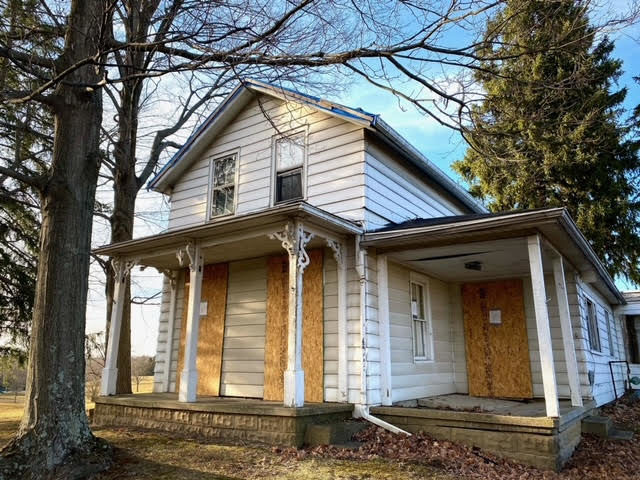
HENRY COUNTY CULTURAL CENTER, NAPOLEON
HISTORIC FORD BUILDING, MIDDLEPORT
CSX/CH&D TRAIN DEPOT, HAMILTON
HESSLER ROAD HISTORIC DISTRICT, CLEVELAND
1927 HUDSON HIGH SCHOOL, HUDSON
LOVELAND PRESBYTERIAN CHURCH, LOVELAND
SHELBY OAKLAND MAUSOLEUM, SHELBY
NATIVITY CHURCH AND SCHOOL, CLEVELAND
MACEDONIA CHURCH, MACEDONIA
